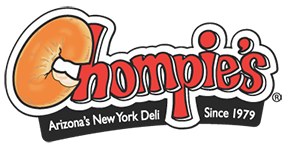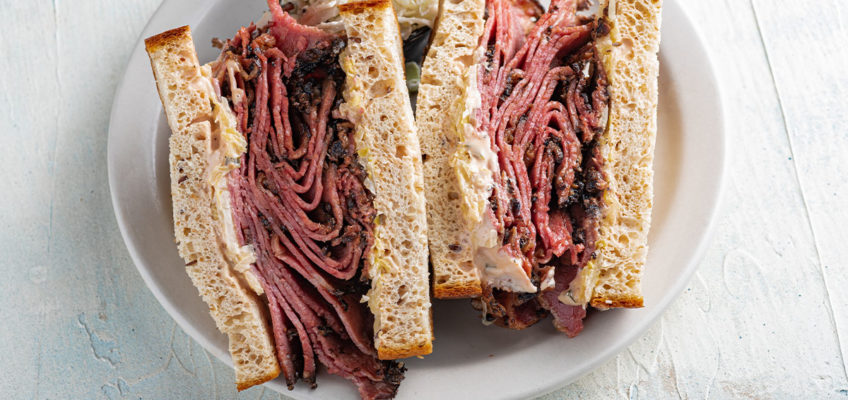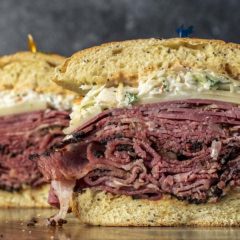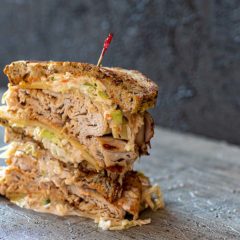It’s the new year, which means people are starting a range of diets to meet their health goals. One of those diets is the keto, or ketogenic, diet. It’s become a very popular option for people looking to lose weight and reduce their risk of serious illnesses.
As one of Arizona’s most popular New York-Style delis, we offer an array of kosher favorites. But, we also offer some keto-friendly dishes like our low-carb burger, low-carb chicken sandwich, and low-carb Philly cheesesteak. Additionally, we sell ketogenic-friendly bread like our cinnamon raisin, multigrain, sesame, and bagels. Read our blog post below to learn what exactly being keto-friendly means and some of its benefits.
What is Keto?
“Ketogenic” is a term for low-carb diets. The idea is for you to get more calories from protein and fat and less from carbohydrates. This means you’ll cut back on most of the carb-heavy items like sugar, soda, pastries, and white bread.
When you eat less than 50 grams of carbs a day, your body eventually runs out of fuel (blood sugar). After a couple of days, you’ll start to break down protein and fat for energy, which can result in weight loss called ketosis. It’s important to note that while this diet is effective for losing weight, it’s used short-term rather than the pursuit of health benefits.
Who Typically Follows a Keto Diet?
As mentioned, people follow a ketogenic diet most often to lose weight. However, it can be a very effective diet for people looking to manage certain medical conditions, such as epilepsy, heart disease, certain brain diseases, and even acne.
- Heart Disease: While it may seem odd that a diet that calls for more fat in your diet is good for fighting heart disease, the keto diet does just that. This may be because it lowers the levels of insulin our body produces, resulting in our bodies making less cholesterol. This means you’re less likely to have high blood pressure, hardened arteries, heart failure, and other heart conditions.
- Acne: Carbohydrates are often linked to this skin condition, so cutting down on carbs can help lessen the condition. Additionally, the drop in insulin may also help stop breakouts.
- Epilepsy: Ketogenic diets have been very helpful in controlling seizures since the 1920s. Both the low sugar component and high fat component uniquely alter the ‘excitability’ of the brain, thereby reducing the tendency to generate seizures.
What Can One Eat on This Diet?
Because the keto diet prioritizes high fat and low carb, it may be tricky to decide on what you can and cannot eat. In a daily 2,000 calorie diet, it might look like 165 grams of fat, 40 grams of carbs, and 75 grams of protein. However, this could change depending on your particular needs.
Some healthy unsaturated fats you can eat include nuts, seeds, avocados, tofu, and olive oil. Additionally, saturated fats from oils, lard, butter, and cocoa butter are also encouraged. Protein from beef, pork, and bacon is also encouraged.
While fruits are rich in carbs, you can still have certain fruits (usually berries) in small portions. Vegetables are also rich in carbs, but there are several you can enjoy like:
- Leafy greens
- Cauliflower
- Broccoli
- Brussels sprouts
- Asparagus
- Bell peppers
- Onions
- Garlic
- Mushrooms
- Cucumbers
- Celery
Try Chompie’s Keto-Friendly Eats!
Since 1979, Chompie’s has been the restaurant of choice for Arizonians looking for a New York Style food that serves items like bagels, mile-high sandwiches, salads, and colossal Ruebens. We are proud to offer ketogenic menu options to welcome everyone looking for a low-carb alternative. Visit one of our locations today and see why we’ve become one of Arizona’s favorite delis to date.













